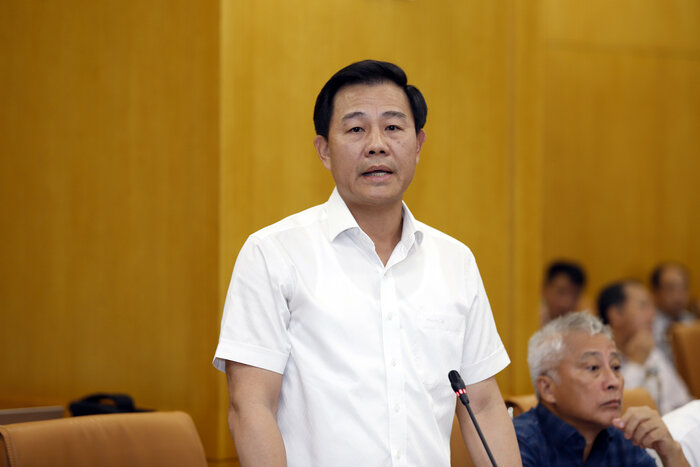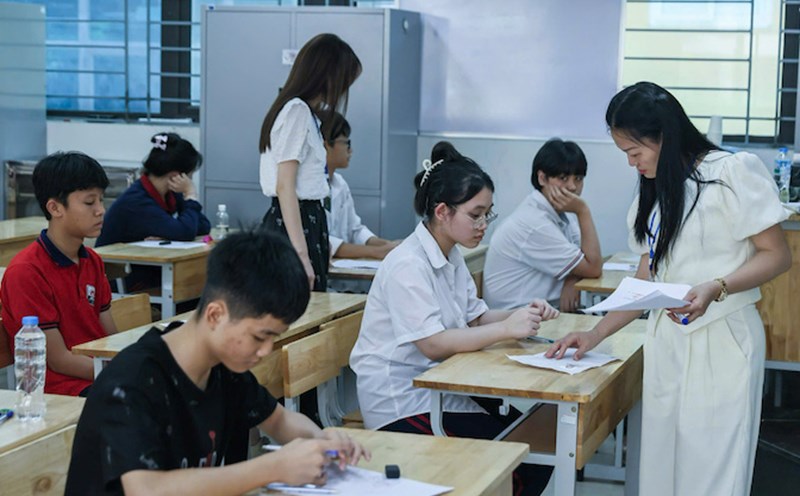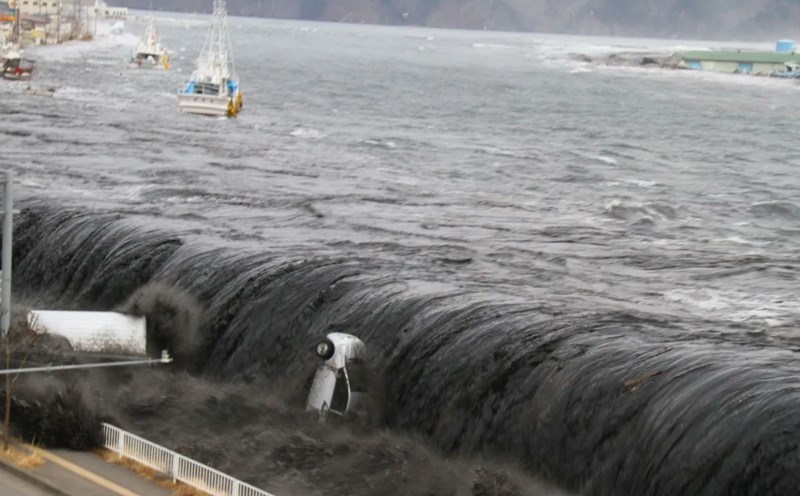At the meeting to review and complete the draft national action plan to overcome pollution and manage air quality for the period 2025-2030 on solutions to improve air quality in Hanoi and the whole country, Mr. Nguyen Xuan Dai - Director of the Department of Agriculture and Environment of Hanoi City said that although the emission sources and solutions have been clearly identified, there are still many problems in the implementation process.
A specific example is traffic: According to registered data, Hanoi currently has about 6 million vehicles, but in reality it is more than 8 million, not to mention the number of vehicles from other localities entering the city to trade every day - creating huge pressure.
"If we only issue administrative orders such as by 2030, all vehicles must use electricity, or switch to green, clean fuel, it will not be feasible.
Because vehicles are not simply for transportation but also a means of livelihood for people. Although Hanoi no longer has poor households, there are still many disadvantaged households. If a simple banking solution is applied, it will cause social consequences," Mr. Dai stated.
According to him, to have a clean environment, we must invest. To have effective investment, there needs to be a specific and clear support policy. "Calling for socialization only attracts a few businesses, in certain fields.
Therefore, it is necessary to perfect the institution in the direction of regulating specific support levels - for example: how much percentage will be supported for people when converting gasoline vehicles to electric vehicles; how much percentage when converting to clean, green fuel", he proposed.

In addition to emissions from traffic, road dust also comes from demolition of construction works. On average, Hanoi generates about 2,800 tons of construction waste per day, up to 3,000 tons per day. The city is developing a plan to arrange 26 areas to receive demolition waste, from people's houses to large projects, requiring a clear treatment plan.
"We require the plan to clearly state where the demolition materials are moved, how to recycle them, ensure water spraying, and cover when demolishing them... However, in reality, the land rental price for making these types of materials is very high. There needs to be a mechanism to support land, subsidy prices for handling and soon issue technical standards for recycled construction materials - what is eligible for construction materials, what is only suitable for leveling and road construction", Mr. Dai suggested.
Regarding the relocation of factories from residential areas, he said that Hanoi has had many policies and drastic implementation, but still faces many barriers.
According to him, "To move the factory away from a place with business advantages, there needs to be a preferential mechanism, exempting and reducing costs for many years to encourage businesses.
At the same time, there must be drastic sanctions against land funds after relocation: The State must reclaim them, not let units keep land and then joint venture and association to delay relocation".
Regarding waste treatment, Mr. Dai said that Hanoi currently generates about 8,000 tons of waste/day. The city is operating two waste-to-energy plants in Soc Son and Son Tay, basically meeting the demand.
In the coming time, Hanoi will invest in two more factories to reduce processing costs. In particular, the amount of garbage that has been buried for many years is up to about 30 million tons - the city will have to have major support policies to dig up, treat and reuse it through electricity generation technology.
Hanoi is seeking opinions on relocating industrial production facilities out of the inner city
Regarding the relocation of factories out of the inner city, currently, the Hanoi People's Committee is seeking opinions on drafting a Resolution on "Authorizing a List, measures and roadmap for relocating industrial production facilities, medical facilities, higher education institutions, vocational training institutions and headquarters of agencies and units in the central urban area that are not in accordance with the General Planning of the Capital". After the City People's Council approves the list, the City People's Committee will issue a decision to implement it.
The relocated subjects include:
Industrial production facilities:
Interspersed in residential areas or urban development areas, not in accordance with planning and not ensuring environmental sanitation, need to be completely relocated.
Relocation must be associated with technological innovation, energy saving, and environmental requirements to avoid spreading pollution from one location to another.
The receiving location is industrial parks and clusters concentrated in the city. Special cases that cannot be relocated to these areas will be specifically considered by the City People's Committee.
Medical and educational facilities, working headquarters:
Medical facilities: Prioritize the relocation of units with high risk of pollution and infection, especially facilities located in densely populated areas or that do not meet the land area/bed standards according to specialized standards.
Higher education and vocational education institutions: Relocate facilities with training scale exceeding the target, causing overload of traffic - technical infrastructure, not meeting the requirements of land area/student.
Office and other facilities: Need to upgrade to meet current standards, development orientation to become a high-quality research, training, and medical examination and treatment center according to the General Planning of the Capital.
The relocated facilities will be arranged in educational - training areas, health areas, and inter-organization areas according to the city's planning.
Implementation roadmap: Phase 2026-2027: Complete the review, list of establishments to be relocated; submit to the People's Council for approval; propose support mechanisms and policies and arrange appropriate land funds.
Phase 2027-2028: Prioritize the relocation of polluting industrial facilities and medical facilities at high risk of infection. At the same time, deploy the construction of concentrated areas to receive relocation facilities.
Phase 2029-2030: Complete the relocation and implementation of social infrastructure renovation and urban beautification projects in relocated areas.











